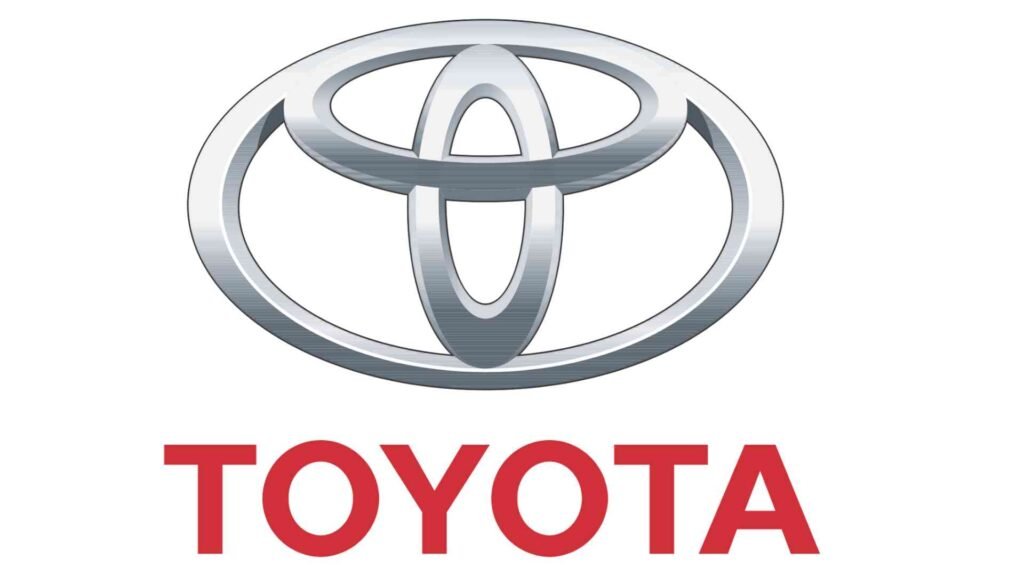Japanese automaker Toyota, the renowned automaker, faced a challenging month in May as its global production declined for the fourth consecutive time. The primary driver of this decline was the Chinese market, where local brands have intensified their competition.
Japanese Automaker Toyota’s May Production: Global Decline with Regional Variations
Japanese automaker Toyota’s worldwide production dipped by 4% to 812,191 vehicles in May. This decline highlights the challenges the company faces in maintaining its production levels in a dynamic and competitive global market. Despite Toyota’s strong reputation and market presence, the company couldn’t escape the pressures exerted by various economic factors and intensified competition.
The impact was particularly severe in China, where production plummeted by a staggering 22%. This sharp decline can be attributed to a fierce price war and the strong offerings from local Chinese brands, which have significantly heightened the competitive landscape. Chinese automakers have been gaining traction with their innovative and cost-effective vehicles, compelling Toyota to navigate through a more challenging market environment.
Lower production was also observed in several other markets, including Thailand, Mexico, Brazil, and France. Each of these regions presented unique challenges, such as economic fluctuations and competitive pressures from other automakers. However, not all regions experienced a decline. The U.S. and Japan bucked the trend, experiencing output growth. The favorable market conditions in these countries, combined with strong consumer demand, helped Toyota achieve better production figures, providing a silver lining in an otherwise challenging month.
Sales Resilience Amidst Production Challenges
Despite the production challenges, Japanese automaker Toyota’s global sales demonstrated resilience, with a modest 0.3% increase in May. This slight uptick in sales underscores Toyota’s ability to navigate through production difficulties and maintain its market presence. The sales figures reflect the company’s strategic efforts to balance production and demand across different regions.
The performance in overseas markets, particularly the U.S. and Europe, played a crucial role in offsetting the declining sales observed in Japan and China. In these regions, strong consumer demand and favorable market conditions helped boost sales, highlighting the importance of a diverse market presence for Toyota. The growth in these overseas markets provided a counterbalance to the challenges faced in its home market and China.
Additionally, it’s important to note that both sales and production figures include the luxury Lexus brand. The inclusion of Lexus, known for its high-quality and innovative vehicles, likely contributed positively to the overall sales performance. Lexus’s reputation for luxury and reliability may have helped Toyota attract and retain customers, even amidst broader market challenges.
Challenges and Strategies in Toyota’s Global Markets

Intense Competition from Local Automakers
Japanese automaker Toyota’s decline in China can largely be attributed to the intensifying competition from local Chinese automakers. These manufacturers have significantly improved their vehicle offerings, posing a strong challenge to Toyota’s market share in the region.
Impact of Fierce Price War
China’s automotive market has been engulfed in a fierce price war, further exacerbating Japanese automaker Toyota’s challenges. Local brands have aggressively priced their vehicles to attract price-sensitive consumers, thereby squeezing Toyota’s margins and affecting both its sales and production in the country. Navigating through this competitive pricing landscape has proven to be a formidable task for the Japanese automaker.
Market Dynamics and Economic Conditions
The broader economic and consumer landscape in China plays a pivotal role in Japanese automaker Toyota’s performance. Changes in consumer preferences, economic conditions, and government policies have all influenced Toyota’s ability to maintain its market position and production levels in China. Adapting to these dynamic market dynamics requires strategic foresight and agility from Toyota.
Production Challenges Across Multiple Markets
Japanese automaker Toyota faced production challenges in China and other key markets such as Thailand, Mexico, Brazil, and France. Economic fluctuations, competitive pressures, and varying consumer demands have contributed to lower production figures in these regions.
Strategies for Toyota’s Revitalization in the Chinese Market
Localized Production Strategy
Japanese automaker Toyota can regain its foothold in China by implementing a localized production strategy akin to its successful approach in the USA. By manufacturing popular models like the Corolla and Camry locally, Toyota can achieve cost-effectiveness and responsiveness to local market demand. This strategy reduces logistical costs and enhances Toyota’s ability to adapt swiftly to changes in consumer preferences and regulatory requirements in China.
Adaptive Marketing Approach
Adapting its marketing strategies to resonate with Chinese consumers is essential for Toyota’s resurgence in the competitive Chinese market. Understanding cultural nuances, consumer behavior trends, and preferences will enable Toyota to tailor its messaging effectively. By crafting campaigns that appeal to local sensibilities and values, Toyota can strengthen its brand perception and connect more deeply with Chinese consumers, ultimately driving sales and market share growth.
Product Diversification Initiatives
Continued diversification of its product range is another key strategy for Toyota in China. Introducing more hybrid and electric vehicle options, along with expanding its luxury offerings, such as the Lexus brand, will cater to a broader spectrum of consumers. This approach aligns with global trends towards sustainability and positions Toyota as a leader in innovative automotive solutions.
Building Supply Chain Resilience
To mitigate risks associated with global challenges like chip shortages and supply chain disruptions, Toyota should prioritize building a robust and resilient supply chain infrastructure in China. Enhancing supply chain efficiency and flexibility will enable Toyota to maintain consistent production levels and promptly respond to market demands. By forging strategic partnerships with local suppliers and adopting advanced inventory management practices, Toyota can strengthen its operational resilience and ensure an uninterrupted supply of components critical for vehicle manufacturing in China.
Japanese automaker Toyota faces headwinds in the competitive global automotive landscape, but its resilience and strategic focus on key markets continue to drive growth. As the industry evolves, Toyota’s adaptability remains its greatest asset.
